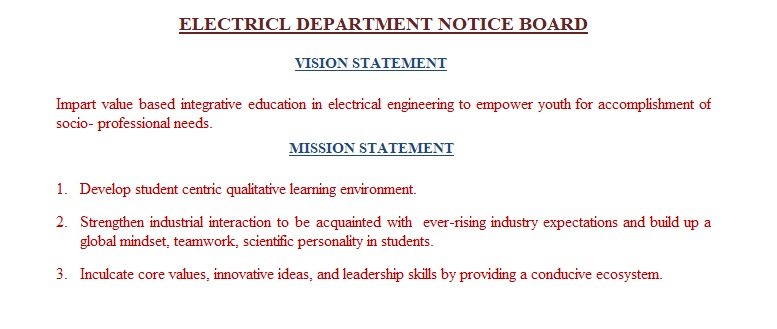Chapter 1: Energy Audit Methodology and recent trends.
General Philosophy, need of Energy Audit and Management, EC Act, Definition and Objective of Energy Management, General Principles of Energy Management. Energy Management Skills, Energy Management Strategy. Economics of implementation of energy optimization projects, it’s constraints, barriers and limitations, Financial Analysis: Simple Payback, IRR, NPV, Discounted Cashflow;
Report-writing, preparations and presentations of energy audit reports, Post monitoring of energy conservation projects, MIS, Case-studies / Report studies of Energy Audits. Guidelines for writing energy audit report, data presentation in report, findings recommendations, impact of renewable energy on energy audit recommendations. Instruments for Audit and Monitoring Energy and Energy Savings, Types and Accuracy. Case studies of implemented energy cost optimization projects in electrical utilities as well as thermal utilities.
Chapter 2: Electrical Distribution and Utilization: Electrical Systems, Transformers loss reductions, parallel operations, T & D losses, P.F. improvements, Demand Side management (DSM), Load Management, Harmonics & its improvements,Energy efficient motors and Soft starters, Automatic power factor Controllers, Variable speed drivers, Electronic Lighting ballasts for Lighting, LED Lighting, Trends and Approaches. Study of 4 to 6 cases of Electrical Energy audit and management (Power factor improvement, Electric motors, Fans and blowers, Cooling Towers, Industrial/Commercial Lighting system, etc.)
Chapter 3: Thermal Systems: Boilers- performance evaluation, Loss analysis, Water treatment and its impact on boiler losses, integration of different systems in boiler operation. Advances in boiler technologies, FBC and PFBC boilers, Heat recovery Boilers- it’s limitations and constraints. Furnaces- Types and classifications, applications, economics and quality aspects, heat distributions, draft controls, waste heat recovering options, Furnaces refractory- types and sections. Thermic Fluid heaters, need and applications, Heat recovery and its limitations. Insulators- Hot and Cold applications, Economic thickness of insulation, Heat saving and application criteria. Steam Utilization Properties, steam distribution and losses, steam trapping, Condensate, Flash steam recovery.

No comments:
Post a Comment